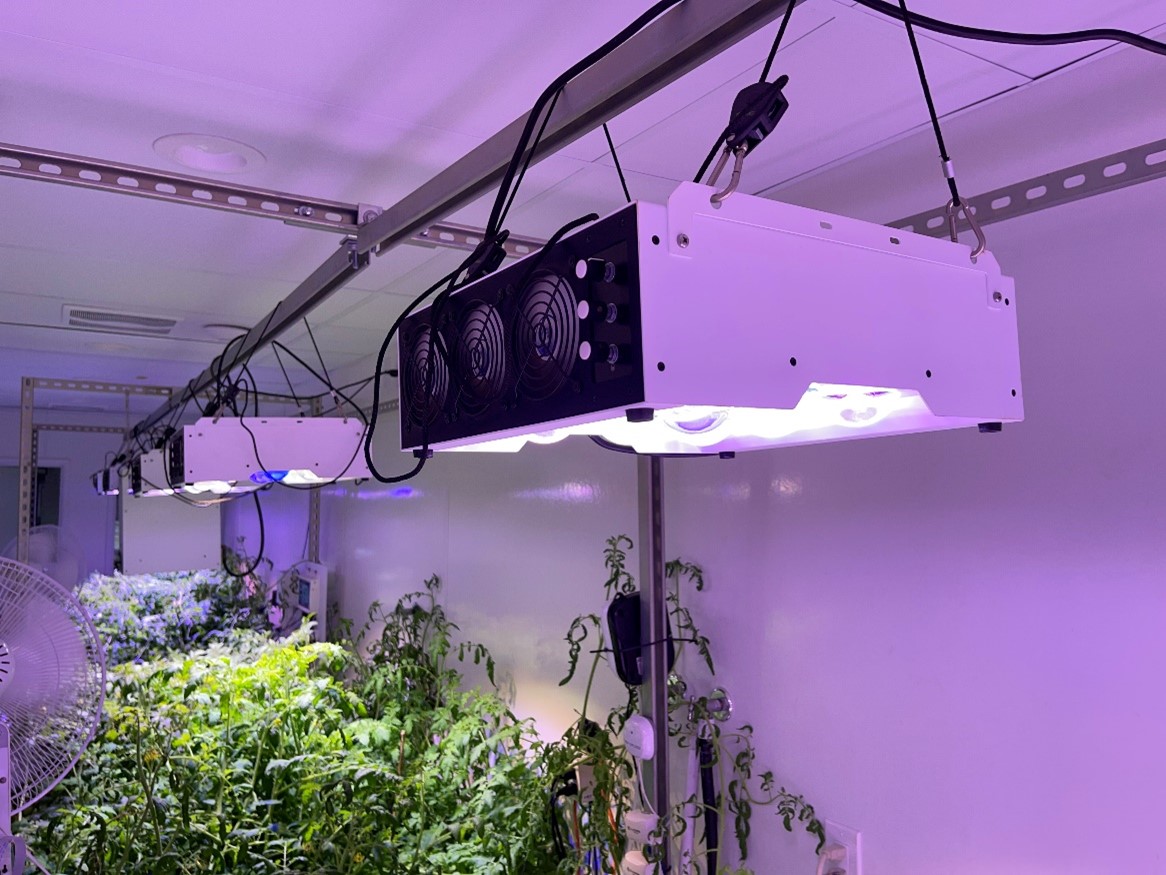 Project Title
Project Title
High Efficiency Indoor Grow Laboratory Study
Project Number ET18SDGE7011 Organization SDG&E End-use Lighting Sector Agricultural Project Year(s) 2018 - 2021The test technology was marketed as a fully automated crop growing system. However, there were crop failures, and a lack of alarms to the operator to prompt intervention, which indicates the test technology system requires further development before it can be considered market ready.
The test technology vendor claims that the spectrally specific lighting source provides superior lighting, resulting in increased crop yields. However, since the spectral output for the product is currently manually controlled, and not measured by any standard (e.g., light wavelength) these specific claims cannot be supported or refuted based on this Study.
The Study therefore determined that further investigation of spectrally specific lighting growth characteristics is required to substantiate the test technology vendor’s claims. A future study should include a measure of light output by wavelength of both the test product and the industry standard control system.
The test technology vendor used HPS lamps, which use electric resistance lighting as the baseline system. In the five years since this Study was initially proposed, the indoor agriculture market has made significant progress towards replacing electric resistance lighting with LED luminaires as the standard for indoor agriculture. As a result, a more appropriate baseline fixture for future studies of this type may consist of LED luminaires.
